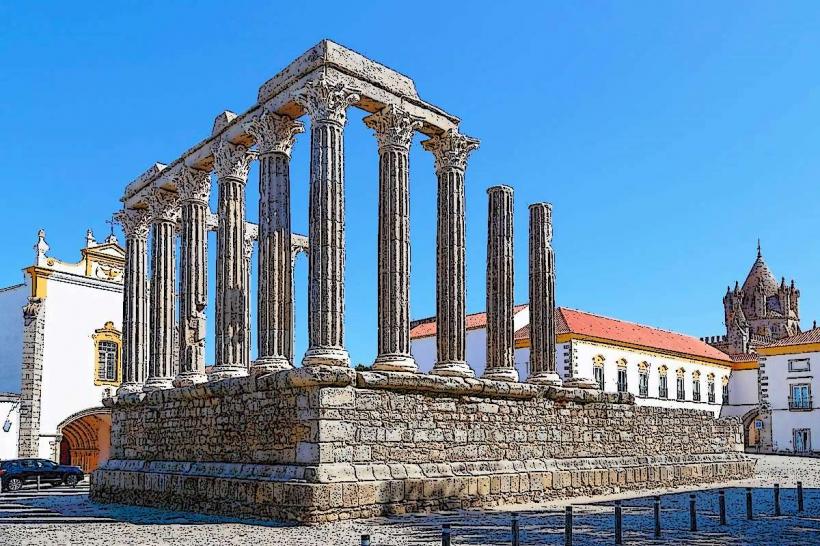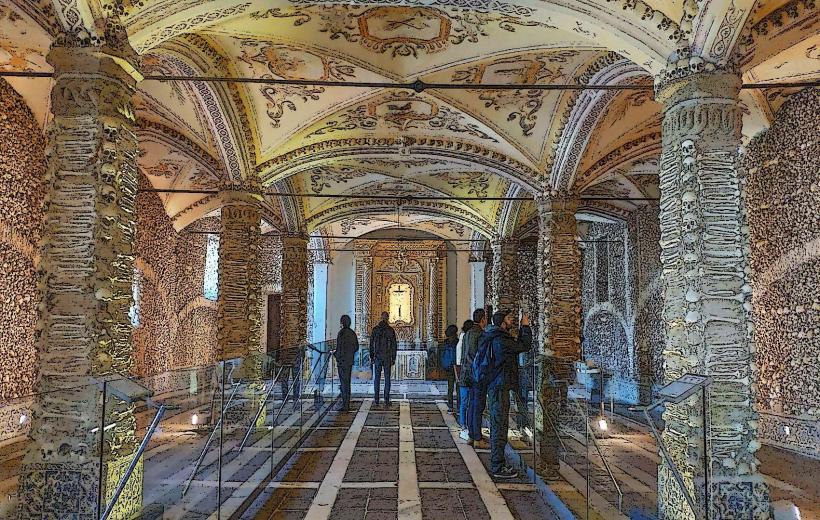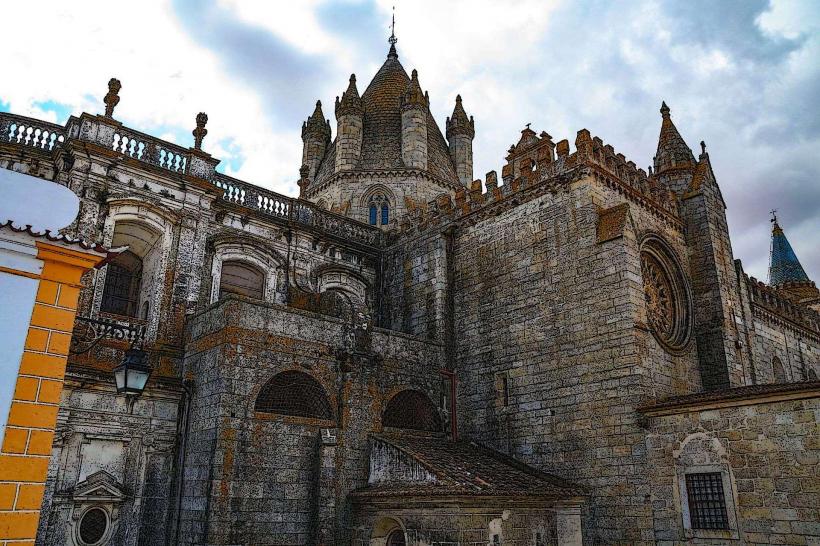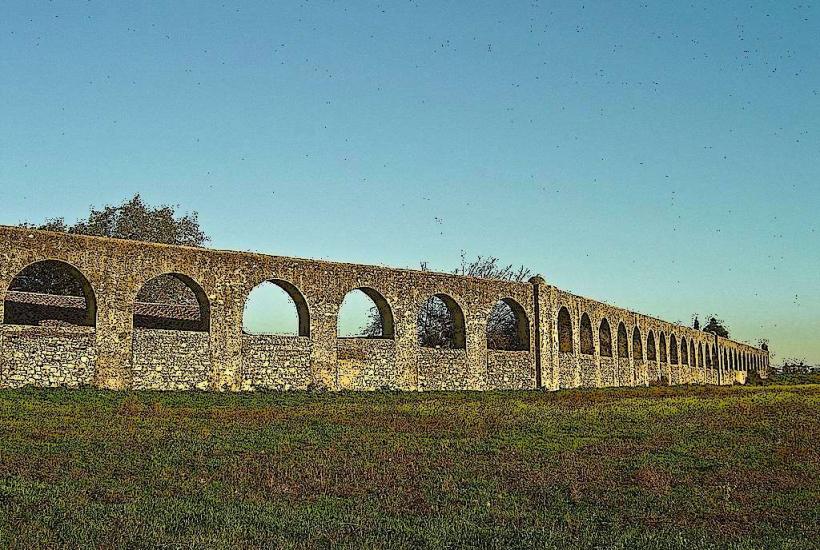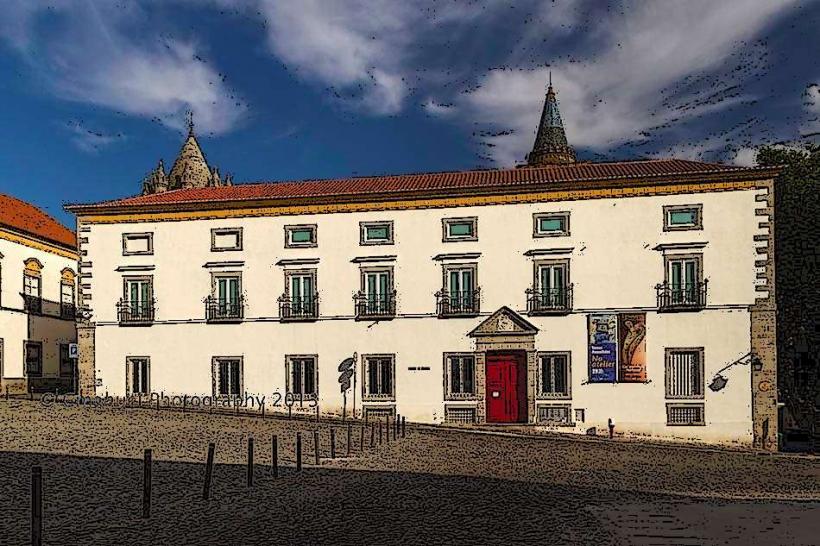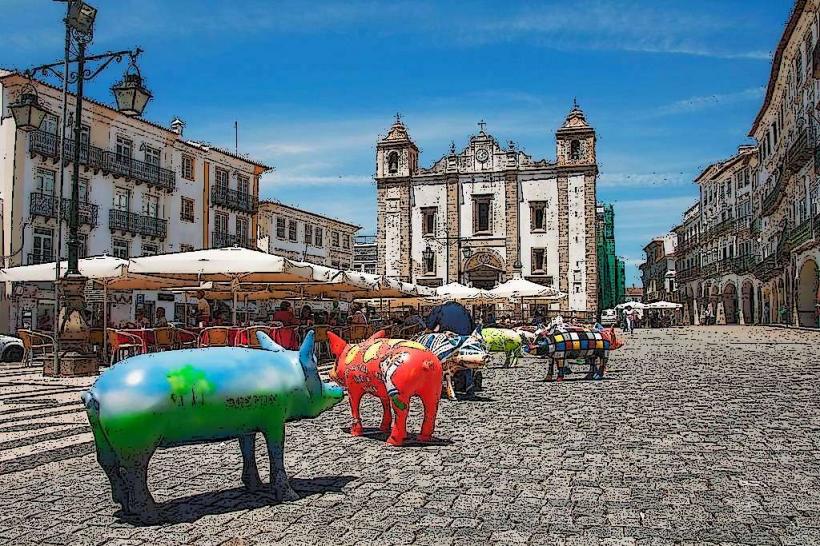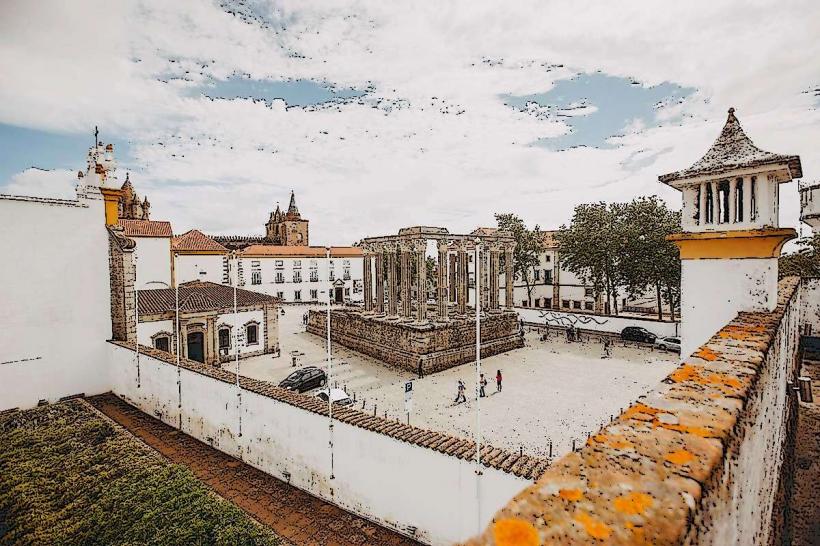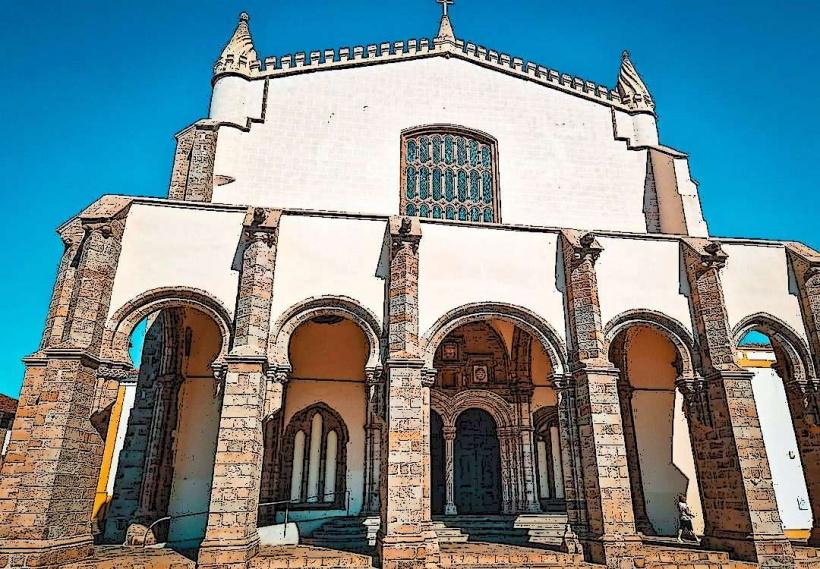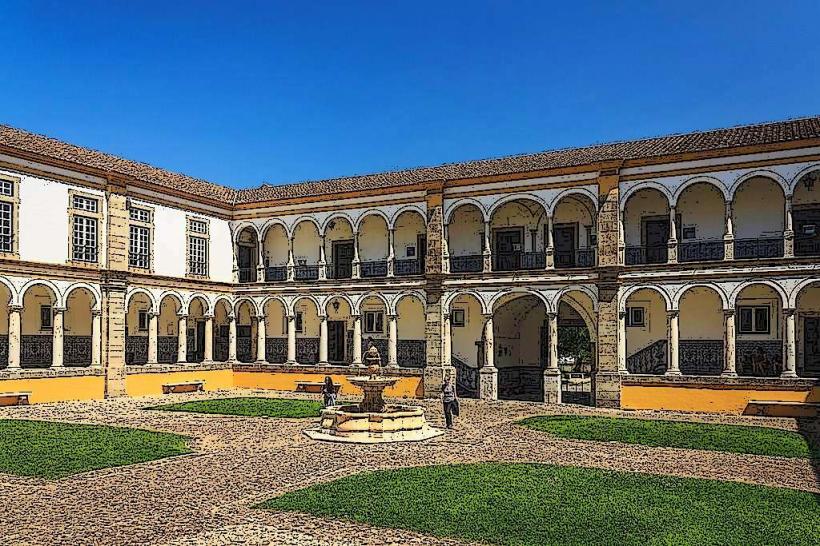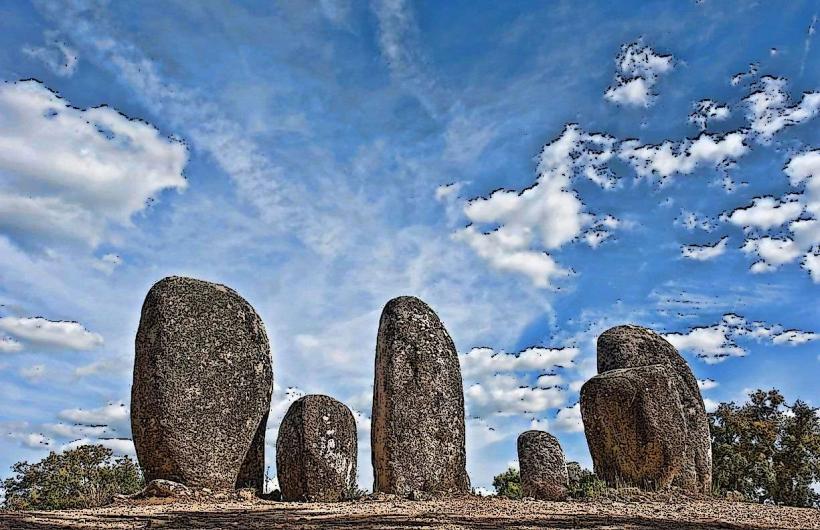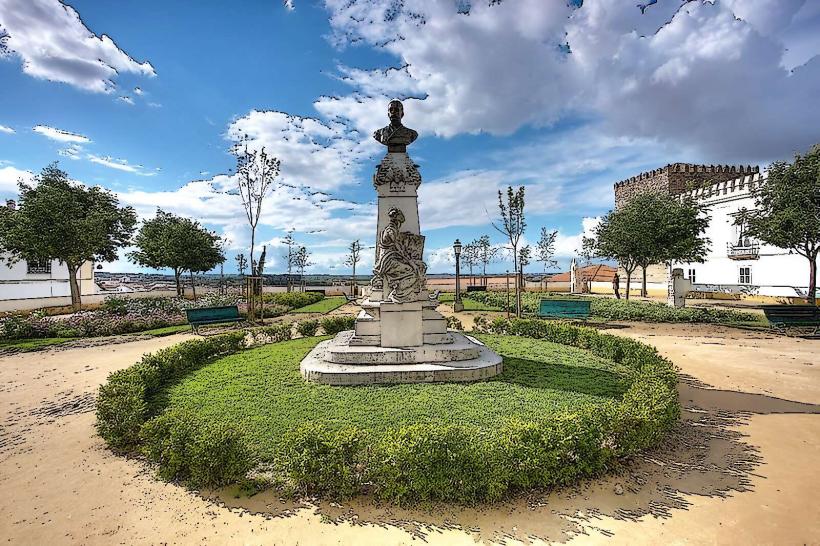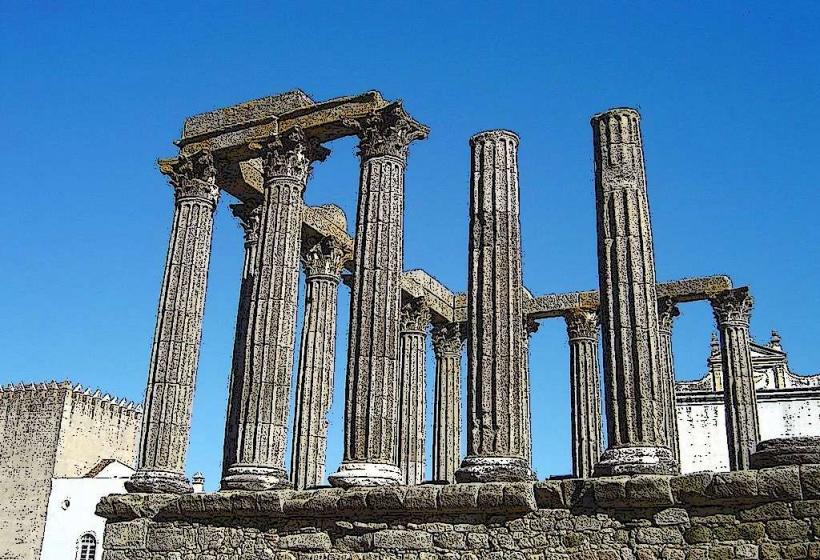Information
City: EvoraCountry: Portugal
Continent: Europe
Évora is a historic city in the Alentejo region of southern Portugal. It is one of the country's most important cultural and historical centers, known for its well-preserved Roman, medieval, and Renaissance heritage. Évora’s UNESCO World Heritage status recognizes its exceptional preservation of monuments and urban layout, which reflect the city’s long history. Here's an overview of Évora without focusing on specific landmarks:
1. Historical Significance
- Roman and Moorish Influence: Évora’s history dates back to Roman times when it was known as Ebora and served as an important town in the Roman province of Lusitania. The city later became a significant site under Moorish rule in the 8th century before being reconquered by the Portuguese in the 12th century. The city is a blend of these ancient civilizations, which is evident in its architecture, urban planning, and cultural legacy.
- Medieval and Renaissance Heritage: As a major center of power in the Middle Ages, Évora became a royal city and the residence of Portuguese monarchs. The city flourished in the Renaissance, when it became an important intellectual and cultural hub, especially during the reign of King John II and King Manuel I.
2. Cultural Importance
- University City: Évora is home to one of the oldest universities in Portugal, the University of Évora, founded in 1559. The university has played a crucial role in shaping the city’s intellectual and cultural life. Today, it continues to be a vibrant center for education and research.
- Arts and Festivals: The city has a thriving cultural scene, with many festivals, concerts, and art exhibitions taking place throughout the year. Traditional music, such as Fado, is a significant part of Évora’s cultural identity. The city also hosts the Évora International Music Festival, attracting performers and music lovers from around the world.
3. Architecture and Urban Layout
- Preserved Historical Center: The historic center of Évora is a labyrinth of narrow streets, squares, and whitewashed houses, many of which have retained their medieval and Renaissance charm. The city’s layout remains largely unchanged since its golden age, offering a unique glimpse into Portugal’s past.
- Building Materials and Style: The architecture in Évora reflects its history, with Moorish-inspired arches, Romanesque churches, Gothic cathedrals, and Renaissance palaces. The use of limestone from the local quarries has given the city a distinctive appearance, with many of its buildings and streets characterized by the soft, golden hue of this stone.
4. Religious and Spiritual Significance
- Religious Influence: Évora has long been an important religious center. The city is home to many churches, convents, and monasteries, reflecting the strong Christian influence throughout its history. The Cathedral of Évora is one of the largest and most important in Portugal, and the city also hosts numerous festivals and processions tied to religious traditions.
- Pilgrimage Destination: Due to its spiritual significance, Évora is a destination for religious pilgrims. The nearby Sanctuary of Our Lady of Bonfim is a site of pilgrimage, and the region’s history of monastic orders, such as the Franciscans, adds to the city’s spiritual legacy.
5. Cuisine and Gastronomy
- Alentejo Cuisine: Évora is known for its rich, hearty gastronomy, which reflects the agricultural traditions of the Alentejo region. Local specialties include migas (a dish made with bread, garlic, and olive oil), açorda (bread soup), feijão de pato (duck beans), and porco preto (black Iberian pork). Évora is also famous for its wines, particularly those made from the Aragonês grape variety.
- Local Delicacies: The city is known for its traditional sweets, such as tarte de amêndoa (almond tart) and sericaia (a dessert made with eggs and cinnamon). These dishes showcase the region’s use of locally sourced ingredients, like almonds, olive oil, and wine.
6. Climate
- Mediterranean Climate: Évora enjoys a Mediterranean climate, characterized by hot, dry summers and mild, wet winters. The summer temperatures often reach over 30°C (86°F), while the winter months are cool, with temperatures averaging between 5°C and 15°C (41°F and 59°F). The city's warm climate makes it a pleasant destination for visitors year-round, though summers can be quite hot, so spring and autumn are often considered ideal times to visit.
7. Transportation
- Road Connections: Évora is well-connected by road, making it an easily accessible destination from Lisbon, which is approximately 130 kilometers (81 miles) to the west. The city is served by highways, making it a convenient base for exploring the Alentejo region.
- Public Transport: Évora has a bus and train station that connects the city to other parts of Portugal. While public transport is available, it is often easier for visitors to explore the city on foot due to its compact size.
8. Local Identity
- Pride in Heritage: Évora’s residents take great pride in the city’s cultural and historical heritage. The preservation of its monuments, traditions, and way of life is central to the local identity. Many festivals, celebrations, and local events reflect the city’s deep connection to its past and its sense of community.
- Community Spirit: Évora’s small size and rural surroundings foster a close-knit community atmosphere, with a focus on family and tradition. The people of Évora are known for their warmth and hospitality, and visitors often feel welcomed by the locals’ pride in their city.
9. Tourism
- Popular Destination: Évora is a popular tourist destination due to its rich history, charming atmosphere, and proximity to Lisbon. The city is a key part of the Alentejo’s cultural tourism, attracting both domestic and international visitors who are drawn to its ancient monuments, medieval streets, and peaceful ambiance.
- Tourist Services: The city offers a variety of accommodations, from boutique hotels and guesthouses to rural retreats in the surrounding countryside. Many visitors come to Évora for a relaxing stay, enjoying its historical sites, local cuisine, and tranquil atmosphere.
10. Nearby Natural Attractions
- Alentejo Region: Évora is situated in the heart of the Alentejo, a vast region known for its stunning rural landscapes, rolling hills, vineyards, and olive groves. The region is ideal for outdoor activities such as hiking, birdwatching, and exploring traditional villages. The nearby Monsaraz and Vila Viçosa are also charming towns worth visiting.
- Alqueva Dam: Just outside Évora, the Alqueva Dam is one of the largest artificial lakes in Europe. The lake offers recreational activities like boating, fishing, and birdwatching, providing a beautiful contrast to Évora’s historic center.
Summary
Évora is a city where history, culture, and gastronomy converge in a unique and captivating way. With its Roman and Moorish roots, medieval charm, and Renaissance influences, the city offers a rich tapestry of experiences for visitors. Whether you're exploring the narrow, cobblestone streets, enjoying the hearty regional cuisine, or soaking in the peaceful atmosphere, Évora invites visitors to immerse themselves in Portugal’s past while enjoying the best of its present.

